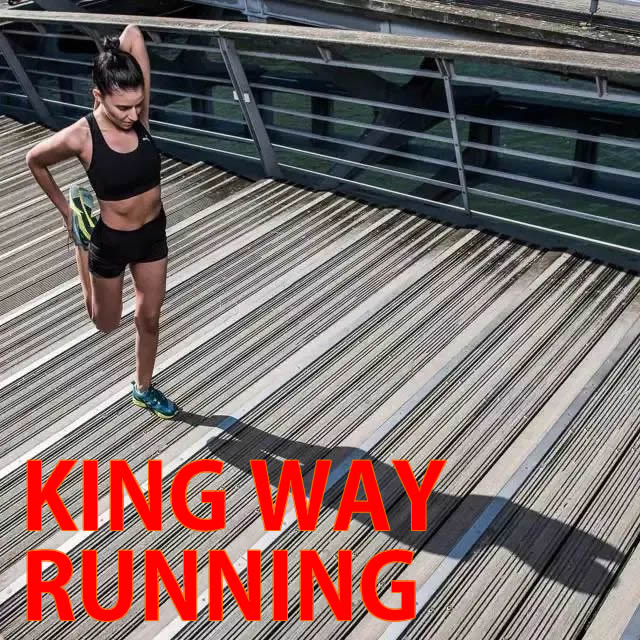Stand on the box, keep your legs in the supporting position when running, then jump to the ground, then lift your legs and ankle joints as much as possible, and jump on the box again.
04 Single-leg long jump training and double-leg long jump training Repetitive long jump training helps to enhance the coordination of the whole body and make you more coordinated in running.
The knee of the supporting leg should be perpendicular to the foot, and the weight should be placed on the forefoot.
Non-supporting legs should be kept in a bent position for rest.
When doing squatting exercises, you can stand on a board or a box (the board raises the body and simulates the landing position of the front foot), and then complete the exercise with the help of Smith training machine or similar support frame.
The key element of effective deep jumping is to move your feet off the ground as quickly as possible, and do not stop during landing and jumping.
You can use the jumping box or heel lifting device.
02 The training of standing and heel lifting can effectively recover the legs in the training of running skills.
During each repetition, lift the ankle as far as possible.
Scan QR code, join the running circle and click
.
The training effect will be more obvious when practicing continuous fast jump.
03 Double-leg box jumping training and single-leg box jumping training simulate the full-body posture we take when we lean forward in running.
When you can complete the exercise in a more coordinated way, you can increase the amount of training by increasing the weight (preferably a weight vest), increasing the jumping height, or a combination of both.
In addition, the strengthening exercise and jumping exercise further improve the body’s ability to use explosive force and maintain dynamic balance, which is essential for efficient running.
High combination of running movements and exercise of overall coordination and strength is the special strength needed by runners.
Stand lightly on the box, keep your knees bent, your pelvis neutral, and your head and upper body upright.
First stand in the support position when running.
When moving to the highest point, the ankle is under the hip, just like the leg action of a runner at the highest speed.
The support leg is bent to about half of the squat position, which simulates the movement of the athlete’s foot landing when running.
Today we will bring you some special strength training for runners.
The ankle starts to move from a point near the ground and extends the range of motion as far as possible, so that the ankle joint can be as vertical as possible.
Pull the ankle joint of the support leg vertically from the ground, then lower the ankle, and start the next round of exercise as soon as possible before the foot touches the ground.
When doing this exercise, stand on one leg, bend the knee slightly (like the support leg during running), keep the pelvis neutral, and straighten the head and torso.
At the beginning of the long jump, the body gradually leans forward, the knee slightly bends, and then jumps vertically from the ground, like a squat jump.
You can complete this exercise with zero or light load, which will help to strengthen your control over your pelvis.
During training, stand with one leg, keep the pelvis level, like squatting with two legs, lower the hips, continue to keep the pelvis level, and finally return to the original position.
For each continuous jump, the forefoot gently lands, and then quickly raises the ankle to start the next jump..
Finally, repeat the exercise on the other leg.
Once you have enough strength and balance, you can also do this exercise with one leg to make the exercise more specific.
Strength training can help runners improve their running ability, and special strength training for running is the most helpful for runners.
Finally, repeat the exercise on the other leg.
Once you have enough strength and balance, you can use one leg to do the above exercise to simulate the state of running.
01 The squat position of one-leg quarter squat is very effective for training the grip during running.
Special strength training for running emphasizes the importance of outputting strength and alternating recovery before improving running skills.
